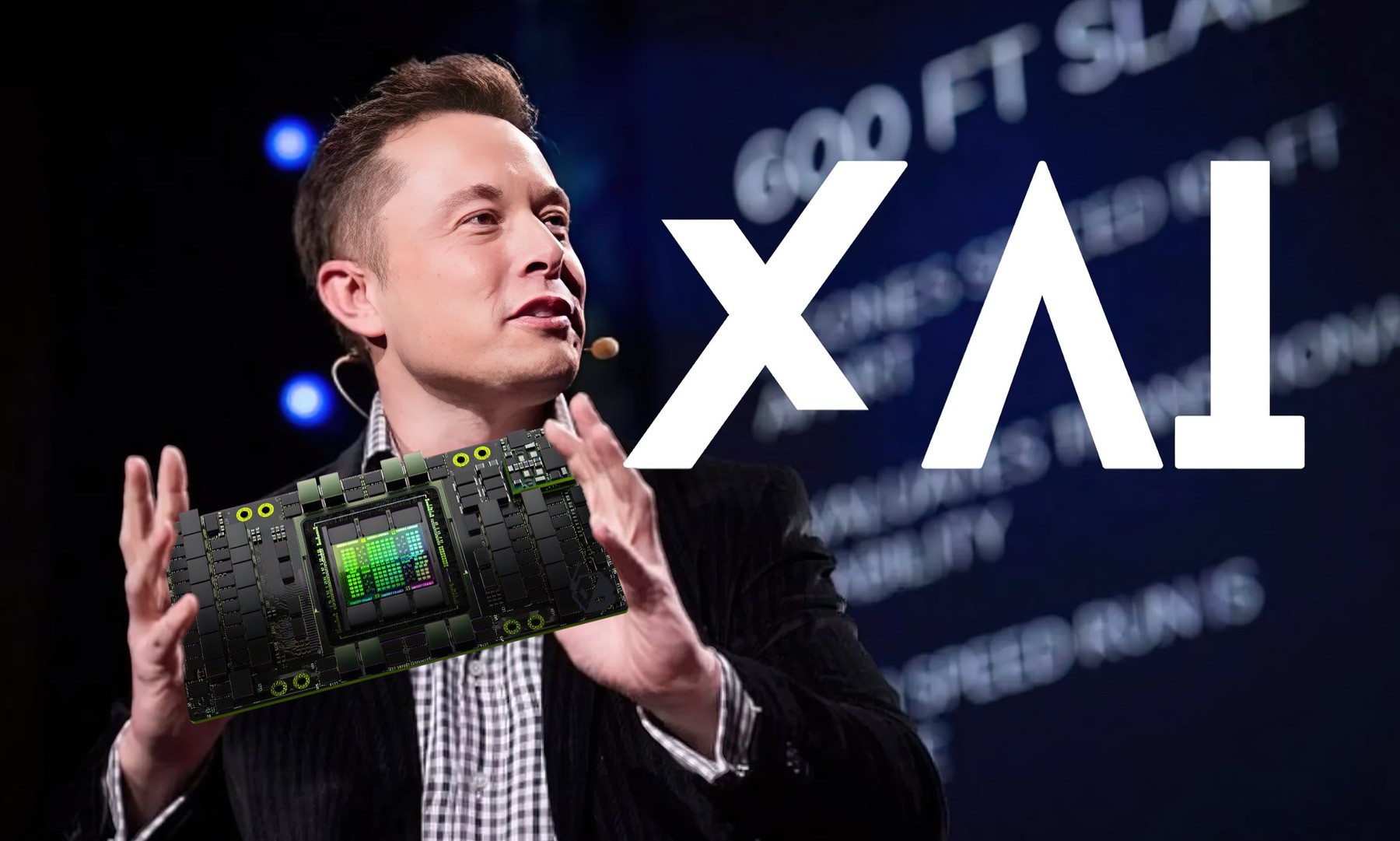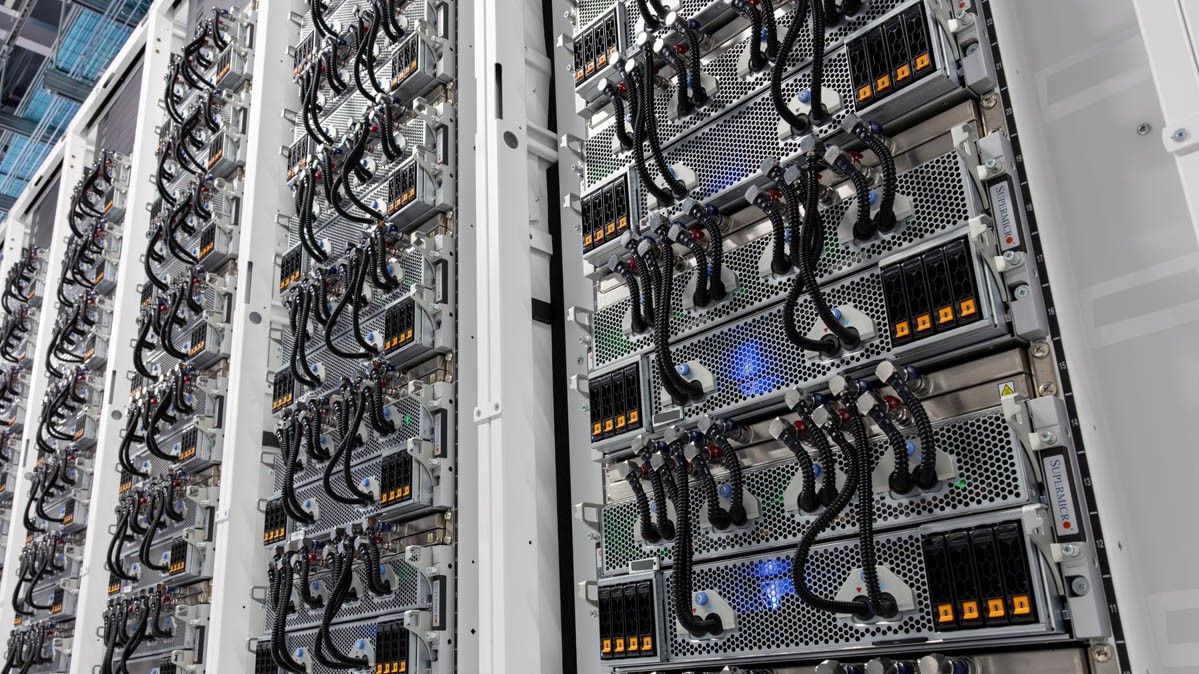
Elon Musk is once again at the center of a technological storm, this time rallying capital and controversy for what he calls Colossus 2—a supercomputer project so ambitious that it threatens to redraw the boundaries of artificial intelligence competition. With a proposed investment of $25 billion and a vision to operate one million GPUs simultaneously, Musk is signaling that xAI, his AI company, is no longer a side venture but a central player in a rapidly escalating global race.
The Colossus 2 project is not merely a step forward in computing power. It is a declaration of war on rivals like OpenAI, Google DeepMind, and Anthropic, all of whom are locked in a race to define the next era of intelligent machines. The scale of the project is unprecedented. At its core, Colossus 2 aims to deploy over a million of Nvidia’s Blackwell B100 or B200 GPUs, hardware that represents the latest frontier in neural network training and AI acceleration.
The intention is to train some of the most powerful AI models ever conceived, pushing the boundaries of language processing, autonomous decision-making, and real-time robotics. Musk’s aspiration is to leapfrog existing technological limitations by establishing a foundation of brute-force computational power, enabling xAI to build systems that surpass current capabilities by orders of magnitude.
This monumental vision, however, requires monumental capital. Musk is actively raising a staggering $25 billion in funding to support the initiative, with an eye toward valuing xAI between $150 and $200 billion. The aggressive valuation aims to position xAI as a direct rival to the dominant players in the AI sphere and to attract investors with both deep pockets and an appetite for high-stakes innovation. This move comes amid increasing skepticism about AI’s long-term profitability, yet Musk remains characteristically bullish.

His track record, from Tesla to SpaceX, offers a compelling narrative, though not without its fair share of volatility. Financially, the numbers behind Colossus 2 are jaw-dropping. The GPUs alone are expected to cost between $50 and $62.5 billion, depending on the configuration and volume discounting negotiated with Nvidia.
But that is only the beginning. The supporting infrastructure—data centers, server racks, fiber optic networking, power distribution systems, and cooling solutions—will easily match or exceed the GPU budget. With projected infrastructure costs climbing to an additional $50 to $60 billion, the total bill for Colossus 2 could eclipse $100 billion. This makes it one of the most capital-intensive computing projects in history, rivaling national-scale infrastructure developments rather than corporate R&D initiatives.
Power consumption represents another staggering challenge. According to internal estimates, the full deployment of Colossus 2 will require at least one gigawatt of continuous electrical power, an energy demand equivalent to a medium-sized city. In response, xAI has opted to supplement grid power with on-site gas-powered generators.
This decision, while pragmatic in terms of power reliability, has already drawn criticism from environmental groups concerned about carbon emissions and regulatory bodies questioning compliance with emissions standards. The contradiction is stark. Musk, long seen as a champion of clean technology, now finds himself defending a project that could significantly increase fossil fuel consumption unless alternative energy sources are brought online in parallel.
The choice of Memphis as the host city for the Colossus complex adds another layer of complexity. While the location offers logistical advantages and proximity to fiber networks and land for expansion, it also places immense strain on local infrastructure.

Community leaders have voiced concerns about the environmental impact, noise pollution from generators, and potential stress on local utility grids. Public hearings and environmental assessments are expected to escalate as the project moves from the planning phase into execution.
From a strategic perspective, the Colossus 2 project is a bid for dominance in the most critical sector of future technology. The AI models that Colossus 2 is designed to train are not merely tools for chatbots or search engines. They are foundational technologies for autonomous vehicles, next-generation robotics, real-time translation, scientific research, and even defense applications.
The supercomputer will allow xAI to train multi-trillion parameter models, unlocking levels of performance that are currently theoretical. If successful, xAI could become the engine behind a new wave of intelligent systems that are deeply integrated into every layer of society. This ambition places Musk and xAI in direct competition with the current titans of AI research. OpenAI, backed by Microsoft, continues to develop its GPT line and expand the integration of AI into productivity software.
Google DeepMind remains a powerhouse in algorithmic research and real-world applications, while Anthropic is carving a niche with safety-oriented AI models. Musk, once a co-founder of OpenAI, has become one of its most vocal critics, arguing that existing companies are too constrained by corporate interests and insufficiently focused on long-term risks. With Colossus 2, he intends not only to compete but to lead by sheer computational force.

Investor reactions to Musk’s plan have been mixed. While some are eager to back the next chapter in AI evolution, others are wary of the sheer scale and speculative nature of the undertaking. Questions abound regarding return on investment, scalability, and whether such massive models will translate into real-world value.
Training large models requires not just hardware but also talent, software innovation, and long-term vision. Skeptics worry that Musk is overextending himself, trying to dominate too many industries at once without the operational focus necessary to see any of them through to maturity. Moreover, the financial burden of Colossus 2 could affect xAI’s agility.
With so much capital tied up in infrastructure, the company will face pressure to deliver breakthroughs quickly to justify the expense. Unlike companies that grow incrementally, xAI is attempting a moonshot that must succeed rapidly to avoid collapse. This pressure could lead to rushed deployments, ethical oversights, or misalignment between product capabilities and user needs.

Yet despite the risks, Colossus 2 represents a bold thesis on the future of intelligence. Musk is betting that the key to AI supremacy lies not in cautious iteration but in exponential scaling. By assembling the largest AI training system ever built, he aims to control the foundation of next-generation computing. Whether this gamble pays off will depend not only on technical execution but on Musk’s ability to navigate environmental concerns, investor expectations, and competitive headwinds.
In the end, Colossus 2 may be remembered as either the Apollo Program of artificial intelligence or one of the most spectacular overreaches in tech history. It is a project fueled by vision, controversy, and ambition—three elements that have defined every chapter of Musk’s career. For the world watching this experiment unfold, the implications are vast. Colossus 2 will not only determine the fate of xAI but could shape the infrastructure of AI development for decades to come.
-1748169793-q80.webp)
-1747124337-q80.webp)

